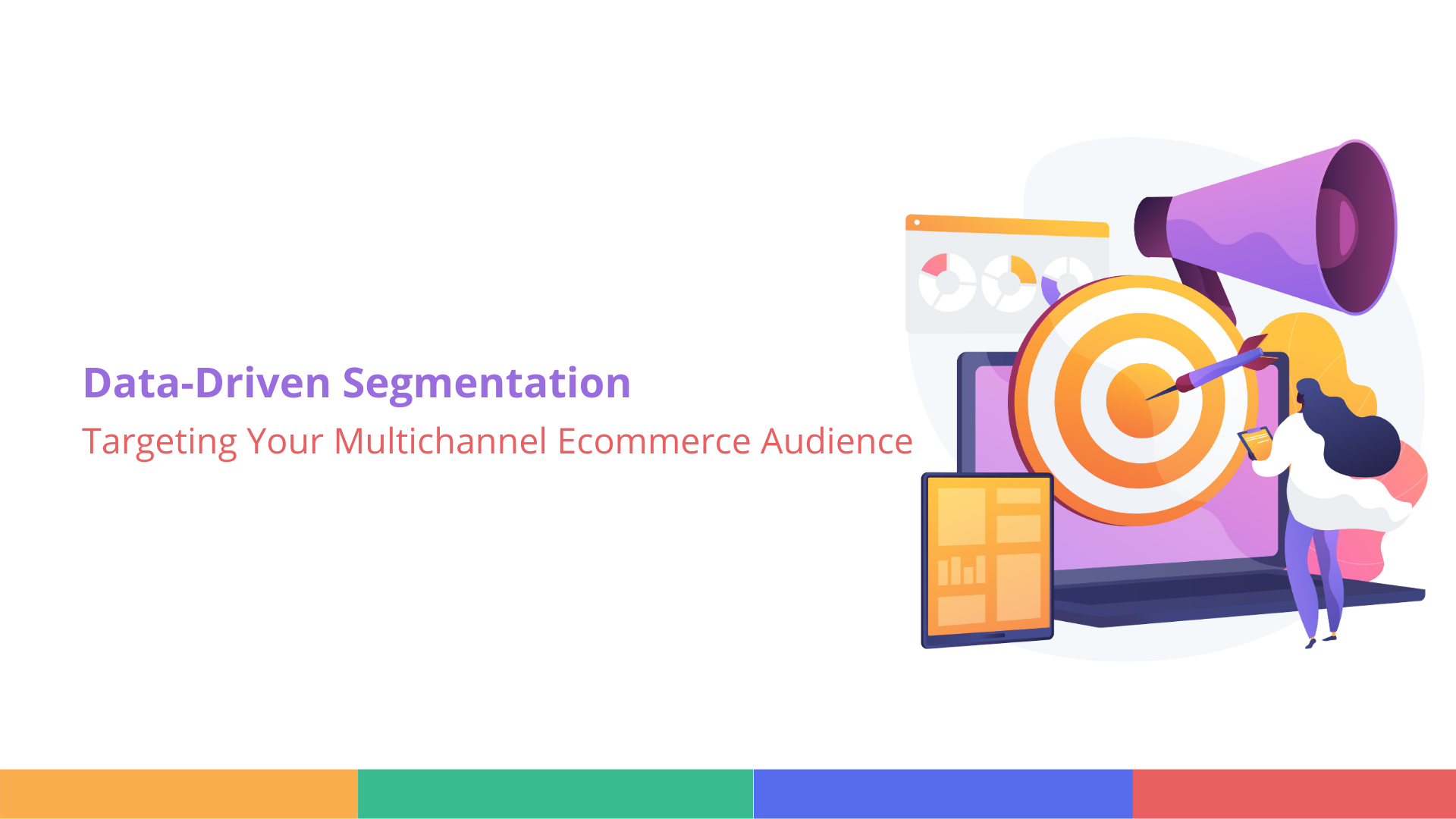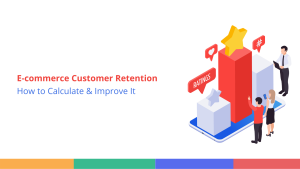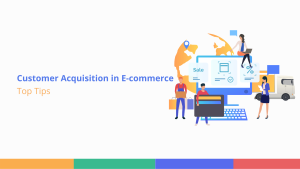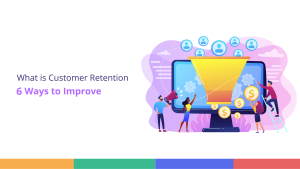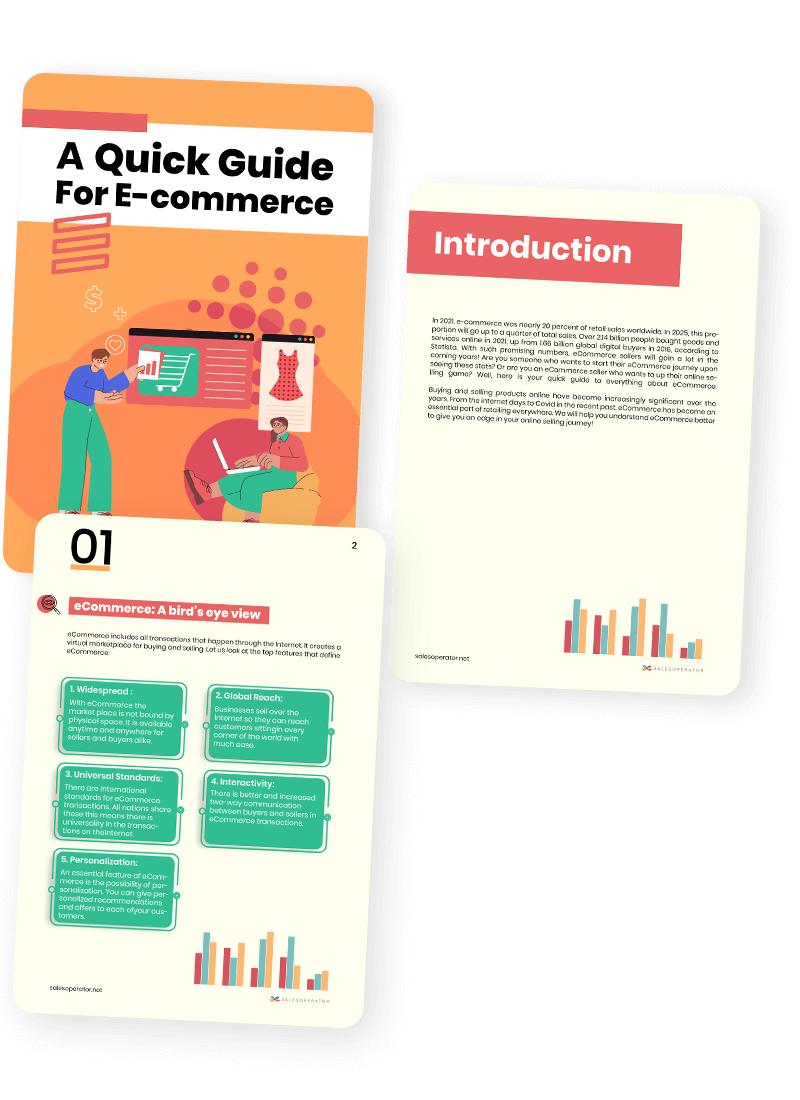Understanding and engaging with customers is paramount to succeed in highly competitive e-commerce. But how can you do it? As the digital marketplace continues to evolve, so do the strategies required to capture the attention and loyalty of diverse customer segments. And more importantly, you cannot do it until you understand your target group. It’s where the power of data driven segmentation comes into play, enabling e-commerce sellers to uncover invaluable insights and precisely target their audience across various channels.
The Significance of Data Driven Segmentation in Multichannel E-commerce
Data is the core of the successful multichannel e-commerce strategy as it involves categorizing your customer base into distinct groups based on a myriad of attributes and behaviours, giving you a better idea of the buyers’ persona of your target audience. These attributes span beyond demographics, including purchase history, browsing behaviour, preferred channels, geographic location, and more.
When you divide your audience into well-defined segments, you can tailor your marketing efforts to align with each group’s unique preferences and habits. Your efforts will be based on data-driven insights, not hunch or intuition.
Here are the benefits of data driven segmentation in e-commerce:
First, you can offer hyper-personalized customer experiences. It’s sad, but most old-economy marketing tactics are slowly fading. Generic marketing messages have not remained effective. Customers want a more personalized experience. Data driven segmentation enables you to achieve this objective by providing unique insights into customer behaviour that you would have otherwise missed.
Second, it assists in more optimized resource allocation. As a seller, you have limited resources for marketing, and you need to put money where it’s most required. Rather than spreading your marketing budget thin across all channels, segmentation helps you allocate resources strategically. When you focus on specific media that resonate most with each segment, you can maximize the impact of your efforts.
Third, it promotes customer loyalty: Customers feel valued and understood When they receive personalized messages and products tailored to their preferences. As a result, they tend to engage more and encourage repeat purchases.
Fourth, you can penetrate the niche market as a seller. Uncovering niche markets within your customer base can open up new avenues for growth. Data driven segmentation enables you to identify these segments.
Implementing Data Driven Segmentation
First, you need to gather data from all customer touchpoints, whether a website, mobile app, social media, email campaigns, or any other platforms you use. There are many analytics tools available in the market that you can try out. If you have multiple channels, using a multichannel software system can help.
The logical next step is defining the characteristics to segment this data into different customer segments. These characteristics are what we call segmentation variables or attributes.
And these can be anything, like how often customers make purchases, how much they typically spend, their preferred channels, the types of products they like, age, gender, and even where they’re located. These are the core variables that form the basic building blocks to create segments.
Once you have all the segmentation variables, you can create target customer segments. Now, you can think of segments as customers with some attributes in common. You can sort customers into these groups based on a standard feature. The goal is to make these segments meaningful and actionable. For instance, if you have an online clothing store, your details might include “frequent shoppers,” “budget-conscious buyers,” “buyers below the age of 30, and “luxury enthusiasts.” These segments give you a deeper understanding of your customer base. There can be many more segments.
The third stage is when you need to analyze and validate these defined segments. The step ensures each piece is distinct and makes sense. It ensures that segments reflect customers’ natural behaviours and characteristics.
Now, you must create marketing campaigns, content, and offers that resonate with each segment’s preferences and behaviours. For instance, if a particular segment likes to be contacted via email, it makes sense to send targeted email campaigns.
Closing Thoughts
So, there you have it – data driven segmentation is like an ongoing journey. You begin with data, create segments, tailor strategies, and then monitor how things work. Additionally, as the e-commerce landscape continues to evolve, those who embrace data driven segmentation will be well-equipped to deal with the dynamic challenges in the market and can stay ahead of the competition.
